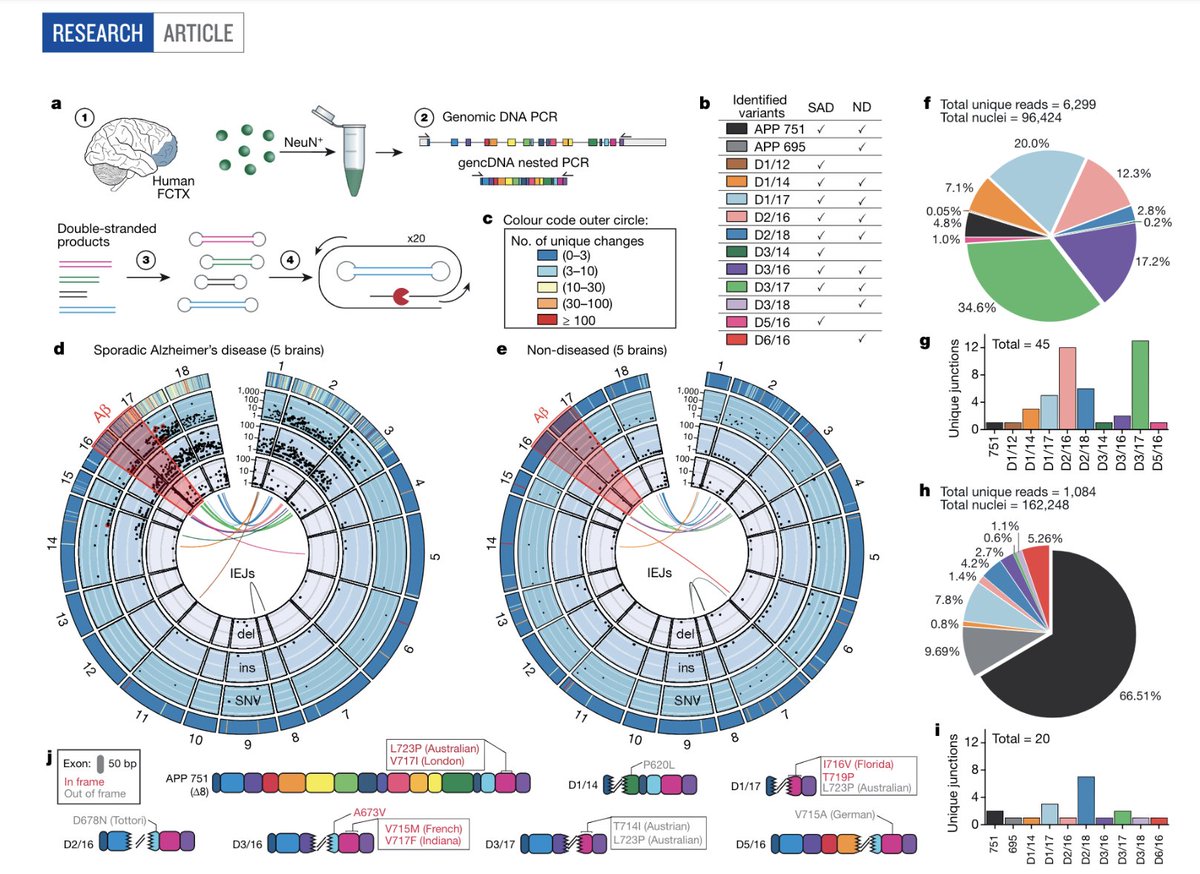
What if you or your doctor could accurately predict how long you had to live upon a new diagnosis of aggressive cancer (e.g. lung cancer or sarcoma)? I've faced that question both as a doctor and with a dearly beloved. On the one hand I know I would 1/ #ML #AI #mortality
do the utmost to beat the odds forward.com/scribe/470514/… and a gloomy prediction would be just another hurdle to overcome. On the other hand, a very accurate predictor of mortality upon diagnosis would be very useful: we might dispense w control arms in trials [at our peril] 2/
families and society might allocate resources/support accordingly, research might focus on why exceptional patients deviate markedly from the prediction dbmi.hms.harvard.edu/news/most-powe… . Therefore a recent study by colleagues @HarvardDBMI @HarvardChanSPH @harvardmed on this prediction 3/
is particularly intriguing @JAMANetworkOpen jamanetwork.com/journals/jaman… using a semi-supervised #ML algorithm against #EHR data @MassGenBrigham using structured data and #NLP for unstructured data w comparison to formal cohort 4/
resulting in a Cox regression model with variables as shown in this nomogram generated for each patient dropbox.com/s/xvqu0avzhcx5… and hazard ratios most of which are expected (e.g. Albumin >3.5 g/dL HR 0.66 Obesity HR 0.88 Underweight HR 1.28) 5/
as summarized in this table dropbox.com/s/yw0tse242jbw… but combined in a model, the AUROCs consistently above 0.8 are impressive (although not sufficient for the functions referenced above) from 1 to 5 years of survival 6/
This tour de force in prediction is of course only a first step. Will model hold in other healthcare systems and what about a prospective trial? Also more diverse populations are needed (this cohort had 2.9% Black 2.4% Asian) and are available in other healthcare systems 7/
Overall, great example of application of #ML/#AI to real world health data to realize one of the goals of precision medicine nap.edu/catalog/13284/… and one that can be emulated and scaled broadly with full awareness of the analytic challenges/traps. end/
• • •
Missing some Tweet in this thread? You can try to
force a refresh





